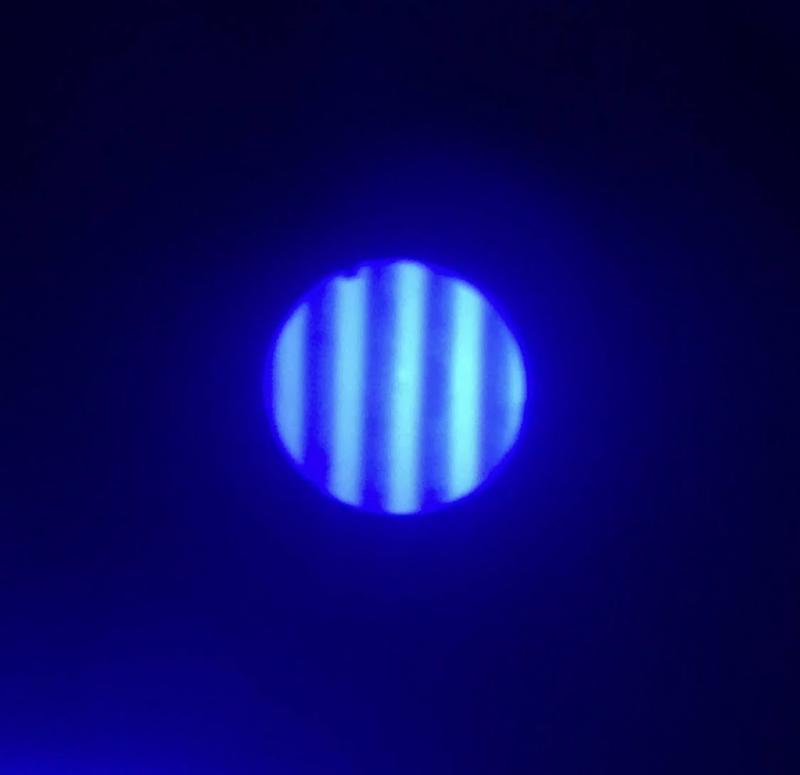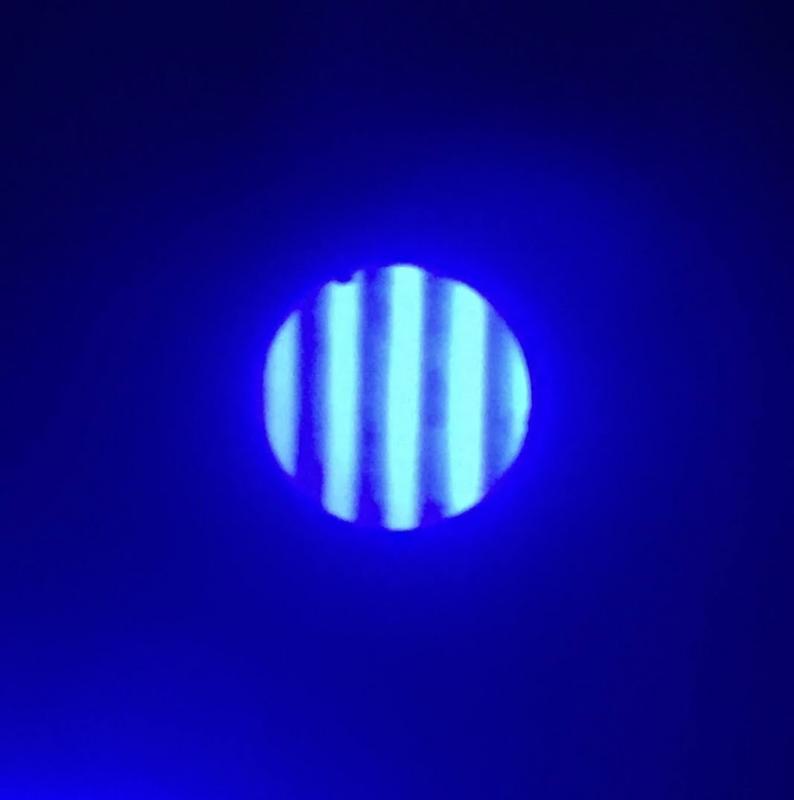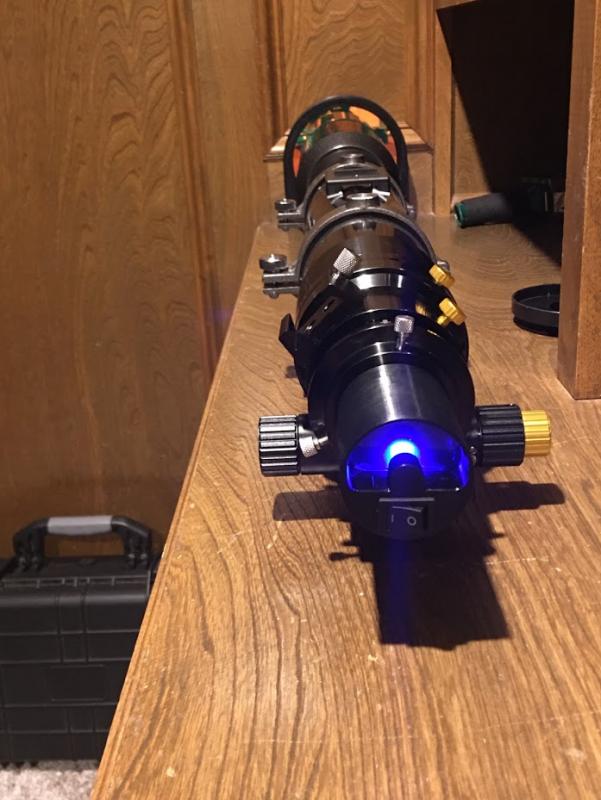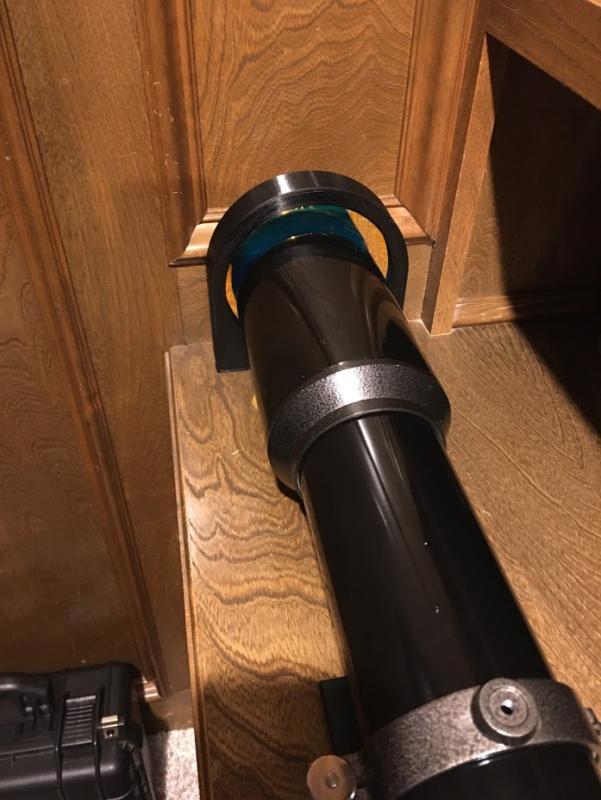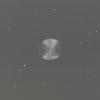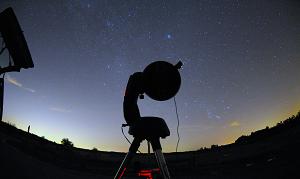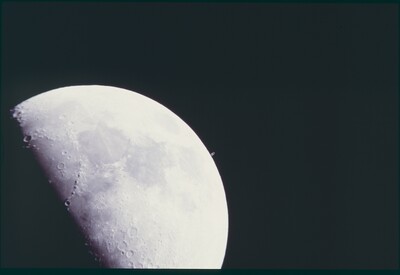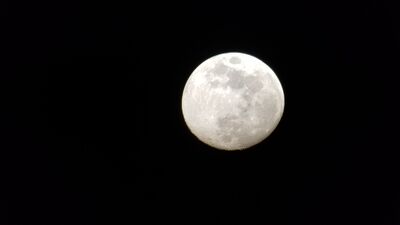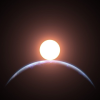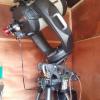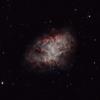This Vixen/Celestron 90mm F/9 is an outstanding performer and has a some well documented history.
CN member "Tscooke" wrote in the Thread "Perfect star tests" the following:
I have owned a lot of scopes and a number of premium brands. The only scope that put up a perfect star test was a Vixen/Celestron 90mm Fluorite. I sold this scope to Todd Gross who confirmed the perfect star test on his scope review site. That scope showed the cassini division when it was only .5 arc seconds wide which defies traditional resolution limits. At the Texas Star Party in 97, I had 550x with this telescope pointed at a license plate during the day with perfect clarity. A number of people observed and confirmed there was no breakdown. I really wish I had not sold it but it was only 3.5 inches. Things got dark at higher power but I did not see image breakdown until you got to 600x. Ridiculously good. I know from having larger premium optics up to 18" that things do not scale.
This is what Todd Gross had to say about this scope in his reviews:
"Now.. for the performance. Unbelievable. its not that this scope is outdoing my larger aperture scopes on planets, its that I am even having this discussion at all! This is, after all, only a 90mm scope. Yet the performance on the planets is big league, with the Cassini division on Saturn for instance available each and every viewing session even in mediocre seeing (1997). The seller indicated that Cassini was visible last year (1996) which would put it at or above the A/P Traveler in planetary performance . .. and the reason I bought it. The star test is perfect, and colorless inside and outside of focus, as were the images of brightest stars. NO COLOR. Despite my claim of excellence in the second set of optics on my Brandon 80mm... this scope is in another class. Deep Sky views appear roughly 25-50% as bright as the 80mm, at high power, (which somewhat exceeds the math) but that's hard to quantify. SIX STARS were viewed in the Trapezium in Orion, although only with straining averted vision. I did know where to look, but at least one of the stars surprised me by being tighter in than I had expected. Jupiter was very crisp. . . but the lack of light gathering will likely hinder high power performance on very subtle features. I could make out some festoons, the GRS was not available, but the dark red ovals at longitudes 270/288 were very crisp and readily visible. Banding on Saturn was a cinch, and as I mentioned the Cassini division was a snap from 120-270x. Daytime peformance is crisp through 400-500x. What I am most impressed with is the cleanliness of the airy disk. Very little energy goes into the diffraction rings at high power-in focus-star testing, meaning my splits are very clean, and dimmer than expected stars are seen. Even with a high deck of clouds, I was able to split M13 to individual stars for instance, limiting magnitude was around 4.3. This is a super-lightweight scope (maybe 7 lbs) that works very well on the Super Polaris, which is overkill, but can even work with certain bogen tripod/head combinations. It is 32" long with a 4" dewshield which can be removed during travel. Careful airline portability is an option if one gets a nice case".
Todd Gross sold the scope around 2005 to James Yang and here is what James Yang had to say about the scope in his review:
"If you ever want to see a model diffraction pattern with a sharp airy disc and faint first diffraction ring, this will show it. On double stars, the separation is crisp with discrete tight balls and black in between. If it can be seen with a 90mm scope you can see it through this. With a wide field, quality 2" eyepiece like the Panoptic 35, the stars are tiny and sharp and the 2 degree field is a joy. Moving to a 4 mm Radian (203x) or a 6 mm Radian and 2x barlow (270x), the image holds up beautifully (limited only by darkening, but not breakdown). Planetary banding is dark and crisp. This scope goes a long way towards curing TTT envy (Tak, Traveler and TMB)--you get 90% of the performance, keep 2/3s of your money but have to give up the cachet."
I had the opportunity to buy the telescope from James Yang several months ago and indeed it performs amazingly well for its size. It has absolutely the most perfect star test I have ever witnessed and the "snap" focus is distinct. I saw no hint of chromatic abberation, even on Vega. Saturn and Jupiter shows details as well as my 9.25" newtonian; just less bright. The moons of Jupiter are perfect round discs, which is something I haven't seen before, let alone a telescope this size. I had this telescope mounted on a quarter hitch mount which was great for low to medium power, but this telescope can perform with exceptionally high powers so I bought a used Losmandy G11 so I can have high power planetary tracking.
On the G11, I can really crank up the powers. I bought a Pentax XW 3.5mm which is still only 231x but the image showed no breakdown and it could begin to unleash the perfect optics of this telescope. At 231x Jupiter and Saturn look breath taking and was just so fun to look at. I have owned many different telescopes for over 15 years and this was simply a joy I haven't experienced before - in a 90mm package! My Pentax XL 7mm showed the famous "double double" aka Epsilon Lyrae with distinct airy disc patterns and separations clear as day.
Being a bit of an optics nerd, I set up the telescope in DPAC (Double Pass Auto Collimation). This is my first DPAC test to perform and I really love the idea! I used a 1/20 wave 6" Zerodur flat in this test obtained from Steve Dodds of Nova Optical. I want to get a white LED and separate the channels to get RGB results but the 2" Pocket Ronchi that I made already had the blue LED in it. So here are the results inside/outside of focus in blue spectrum (486nm) and the setup pictures. The DPAC test agrees to the star images I have seen and the previous owners raving reviews.
-Tony
Edited by coinboy1, 26 July 2020 - 02:38 PM.





